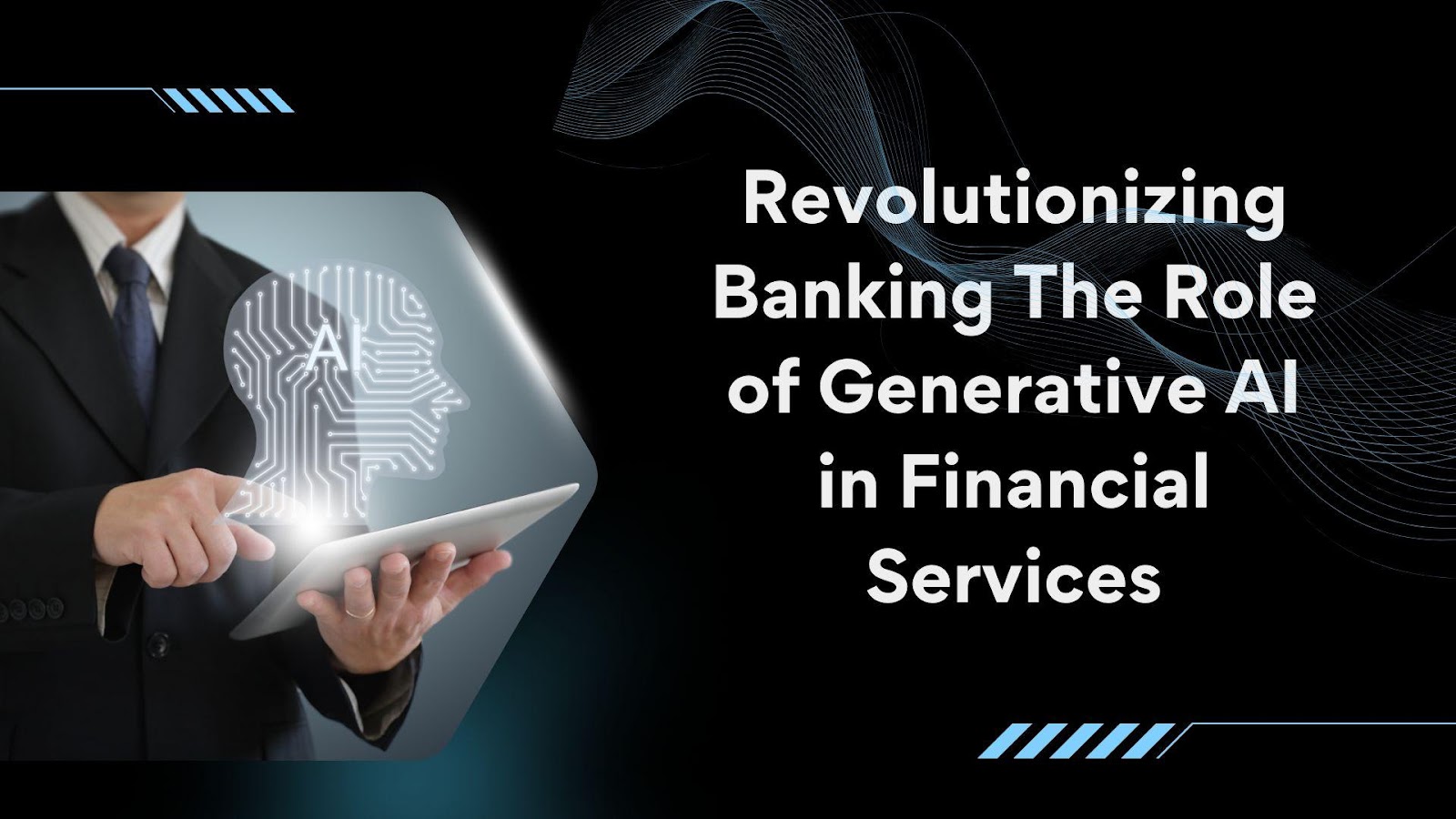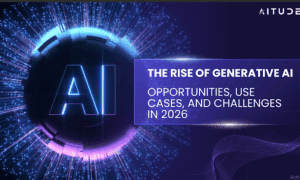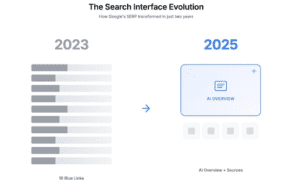In this modern era, the financial services industry is undergoing a profound transformation, with artificial intelligence (AI) leading the way. In his research, Vijaya Kumar Guntumadugu delves into the impact of Generative AI (GenAI) on the banking sector, illustrating how this cutting-edge technology is reshaping traditional banking operations. Through strategic implementation, AI is revolutionizing customer service to investment research. This innovation is not only improving operational efficiency but also paving the way for more personalized and secure financial services.
The Rise of Generative AI
Generative AI represents a paradigm shift in financial technology. Its ability to create, predict, and optimize across various banking domains has positioned it as a cornerstone of modern banking innovation. Unlike traditional AI, which focuses on analyzing and processing data, GenAI can generate human-like text, provide personalized solutions, and automate complex financial services. This capability is transforming how financial institutions interact with customers and manage their operations.
A Historical Overview of AI in Banking
AI’s journey in financial services has evolved significantly. From rule-based systems in the 1990s focused on credit scoring and fraud detection, to machine learning models of the 2000s, AI has advanced. The introduction of deep learning in the 2010s expanded AI’s capabilities into predictive modeling and complex analysis of financial data. Today, the banking sector is embracing GenAI, pushing AI boundaries, especially in customer engagement, risk management, and analysis.
Strategic Applications of GenAI in Banking
- Automated Knowledge Management
One of the most impactful applications of GenAI in banking is transforming knowledge management systems. By automating documentation, policy updates, and compliance monitoring, AI enables banks to synthesize vast amounts of data and provide decision support. This automation reduces response times and enhances operational efficiency, helping institutions stay compliant in a changing market. - Investment Research and Personalized Banking Services
GenAI is revolutionizing investment research and personalized banking services. Through analyzing unstructured data, AI systems can generate market reports, identify investment opportunities, and make real-time recommendations for portfolio management. Personalized banking services, powered by AI, allow institutions to provide tailored financial products, enhancing customer engagement and satisfaction. - Customer Service Automation
AI-driven customer service is another major area of innovation. With natural language processing (NLP) and advanced chatbot systems, financial institutions now handle a large volume of routine inquiries autonomously. This improves efficiency and offers customers 24/7 support, ensuring that interactions are consistent and relevant.
AI’s Role in Operational Transformation
AI is transforming core banking operations beyond customer-facing services. Fraud detection systems, powered by machine learning algorithms, provide real-time monitoring and predictive analysis of suspicious activities, reducing false positives and improving detection rates. In risk management, AI is helping financial institutions assess and mitigate potential risks with sophisticated models that analyze vast datasets.
Infrastructure Investments to Support AI
The integration of AI in banking requires significant investments in infrastructure. Specialized hardware, such as GPU clusters from companies like NVIDIA, is essential for running AI models. Financial institutions are investing in cloud computing and edge computing to support AI applications. Additionally, the development of AI expertise through training programs and partnerships with academic institutions is crucial.
Strategic Considerations for Successful AI Integration
Implementing AI successfully requires more than just technological capabilities. It demands a strategic balance between innovation and risk management. The risks associated with AI adoption—such as regulatory compliance, data privacy, and cybersecurity—must be carefully managed. The integration of AI also necessitates scaling infrastructure and adapting organizational structures to support these advanced systems.
As the banking sector continues to adopt AI technologies, it will not only transform operations but also enhance customer experience, streamline decision-making, and introduce new service models.
In conclusion, Generative AI is a transformative force reshaping the banking industry. Vijaya Kumar Guntumadugu‘s research sheds light on how AI technologies are revolutionizing core banking operations and creating new opportunities for innovation. With the right strategic framework and a balanced approach to risk, AI adoption will continue to drive efficiency, customer satisfaction, and competitive advantage in the financial sector. The impact of AI will only grow, making it an imperative tool for the future of banking.



































